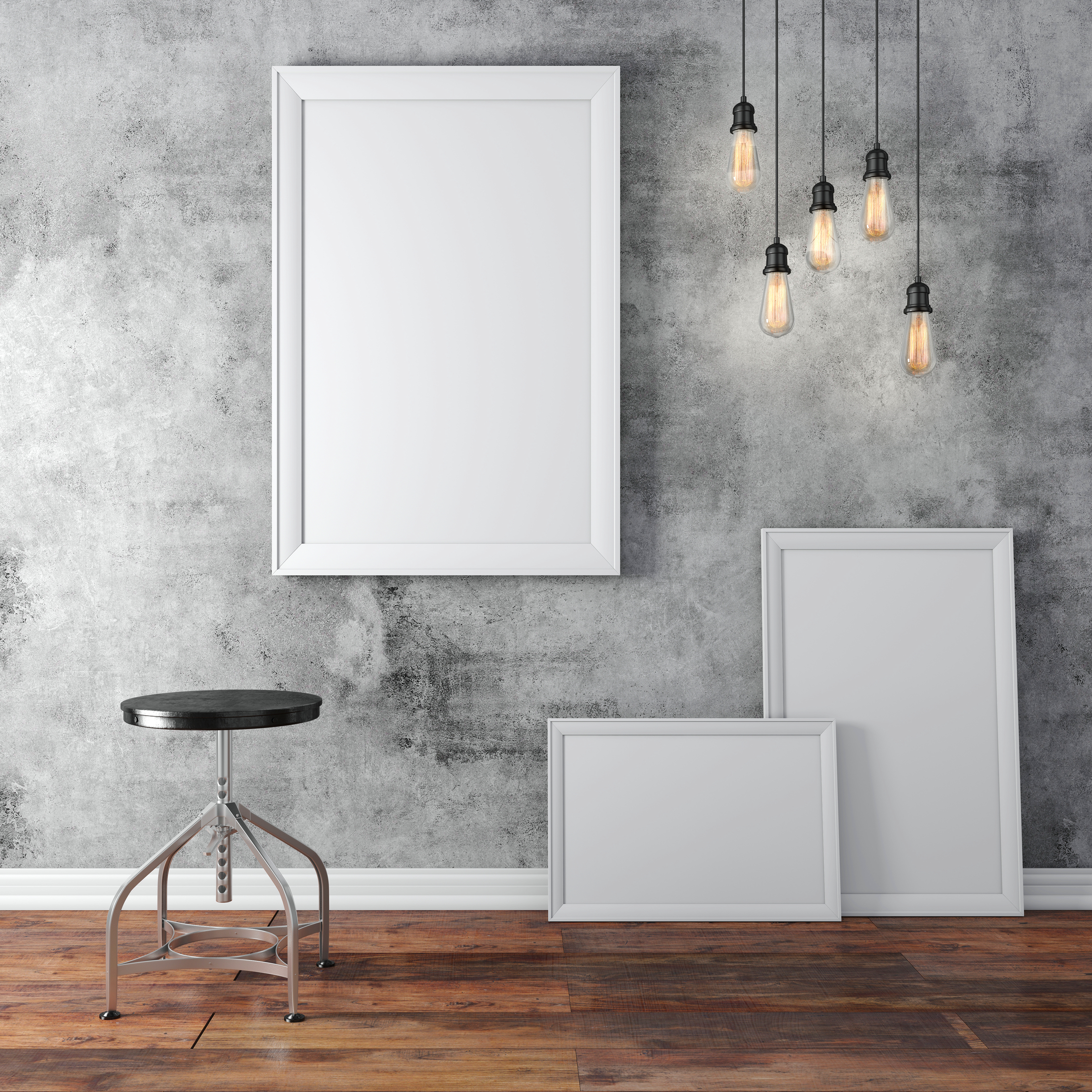RETRO REGRETS? NEVER!
One of the popular interior design trends for 2022 has been decorating with the revival of the ages – mainly the colourful 60s, and funky 70s but even a touch of the 90s home design.
Welcome to the retro home design style. It’s a trendy nostalgic revival bringing strong design elements that stand out – a blend of bold colours, patterns and materials. With 90’s home design, the street art movement that started in that decade returns with a contemporary feel.
What exactly is ‘retro’?
Sources say very similar things about reviving the styles and fashions of the past. The concept of nostalgia has been linked to retro, but in a half ironic, half bittersweet way. It’s like a desire to capture something from the past and evoke nostalgia. In popular culture, the ‘nostalgia phase’ is typically for the two decades that fell 20 or 30 years before the current one.
Before the word ‘retro’ came into use in the 1970s to describe new things that display characteristics of the past, the practice of adopting old styles for new designs was already common. The difference was that people started to refer to the recent past. Because the everyday objects that used to be considered old-fashioned suddenly had value as ‘retro’, new objects in an old style came into production.
Retro interior design is an eclectic mix of old styles and new forms, or new forms with old materials and finishes – a flash from the past reappears with a modern twist – embracing a kaleidoscope of contrasting design features, colours, shapes and form.
Go retro and you can take risks and break rules. You can sing to your own tune.
A ‘how to do retro’ guide – from a layperson who has observed and read with interest what the ‘experts’ have to say on the subject.
- If you want to incorporate retro pieces into your home, don’t go overboard. Mix and match retro items with finds from other eras.
- Mid-century modern furniture – think pieces that are curved or angled and feature either bold hues or chrome – is a hallmark of retro style
- Seating ideas – bean bags, hanging pod chairs, day beds, and oversized footstools.
- Retro style is also known for the use of particular hues— think avocado green, mustard yellow, orange, cherry red and psychedelic colours. Look at Pantone colours named Fiesta, Tortoise Shell, Gold Fusion, Fluorite Green and China Blue for ideas. Remember how popular pastels were, and seafoam greens.
- Don’t forget about pattern and texture, including bold wallpaper, shagpile, rubber, timber, felt, cork, carpet, wool, faux leather, glass, neon lights and mood lights.
These things are clearly favourites when it comes to interior designers and retro trends:
WOOD
Take a modern twist on the dark, walnut-colour wood paneling of the 70s with something that is a bit lighter or has a more natural woodgrain. Simply add interest to a space with a mid-century wooden armchair.
KITSCH IS GOOD
A few kitschy elements can be a fun way to give a room personality, or you can get serious with the likes of retro-style appliances by Smeg and others in the kitchen.
GRANNY CHIC
Millennials take inspiration from how their grandma decorated her home in the ’80s and ’90s – pleated lampshades, fringes, ruffles and florals.
SPACE AGE
Retro is furniture with chrome detailing, unusual shapes and bright colours. Channel the house in The Jetsons right now. But just introduce one or two pieces of this space age movement. Unless you want it to look like you live on a distant planet from your favourite sci-fi show.
DESIGN-FOCUSED FURNITURE
The epitome is a sideboard with tapered legs
BE BRASSY
Add brass vases and sculptures for an instant retro touch or be more subtle with a fine brass handle. Brass and mid-century teak furniture are appealingly retro.
SOFT EDGES
Organic, rounded edges replace sharp geometric shapes.
MORE COLOUR
Throw out the rules about where to bring in colour and it could be with art, a statement sofa or colour on the ceiling. Six colour trends that designers say are emerging in homes once more are chartreuse, orange, ochre, sage, lavender and mauve.
Did retro style really ever go away?
Many suggest not, noting that we have always interiors borrowed from the past and mixed in with the present. The internet and social media have exposed the retro style in a way not seen when we relied on the monthly interior design magazine.
Retro style feels more attainable. Old pieces are often good value, considering their build quality and the inherent sustainability factor of buying second-hand. Furniture or decor that may once have been overlooked in the op shop now works in a space, and the millennials especially seem to be loving it.
SOURCE: RE/MAX Australia



